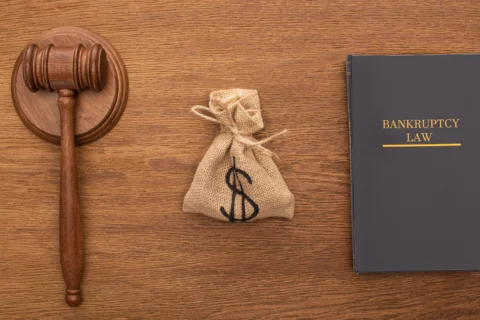Steps to Take When Declaring Bankruptcy
With the assistance of a qualified bankruptcy attorney, you can begin to rebuild your credit, halt collection calls, and reestablish your financial independence. However, filing for Chapter 7 or Chapter 13 bankruptcy is a long process that will take time and organization—take a look below for an overview of some common steps:
1. Organize Your Finances and Research Bankruptcy Options.
Calculate your total debt and assets as accurately and honestly as possible, and start researching the basics of personal bankruptcy. Gathering your total income prior to filing will help you establish a budget for any existing payments that are left over from the bankruptcy.
2. Determine Which Type of Bankruptcy is Right for You.
While there are six types of bankruptcy, Chapter 7 and Chapter 13 filings are the most common types. Chapter 7 bankruptcy liquidates all of your assets to pay off debtors, eliminating most of your debt. In contrast, Chapter 13 bankruptcy restructures your existing debt into a payment plan lasting three to five years, which allows you to keep certain assets.
3. Schedule a Legal Consultation.
The most important step is to consult an experienced bankruptcy lawyer to determine further requirements for filing bankruptcy. These may include mandatory credit counseling, a means test (if filing for Chapter 7), and any available exemptions. Bankruptcy filing procedures vary from state to state, so working with an experienced bankruptcy attorney will help to ensure that you have properly met the eligibility requirements for bankruptcy.


